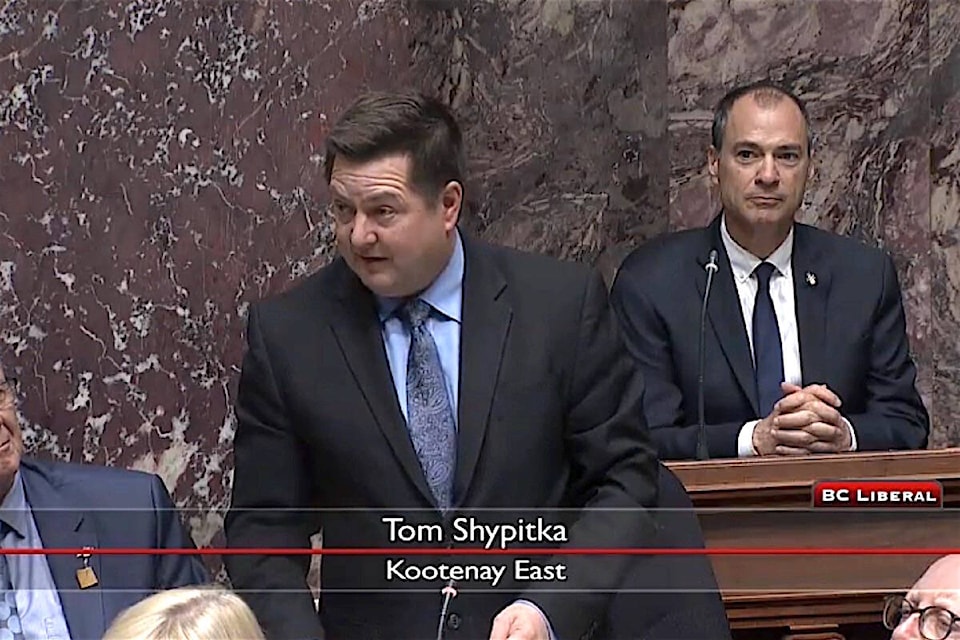With a provincial electoral boundaries review now begun, Kootenay East MLA Tom Shypitka said the BC Liberals were concerned that rural communities would be further locked out of government due to changes made to the process by the governing NDP.
“We’re fearful because the NDP took exemptions away to keep large boundaries the way they are … that what they’re going to do is they’re going to take more rural ridings away, they’re going to increase the urban ridings, and places like the Kootenays are going to get screwed out of representation in the legislature.”
In May 2021, the NDP government amended the Electoral Boundaries Commission Act to remove protections to rural ridings introduced by the previous BC Liberal Government.
The protections ensured that representation could not be reduced in three regions of B.C. - the North, Columbia-Kootenay and Cariboo-Thompson. Between the three regions there are 17 ridings, many of which have a population less than the average population of urban ridings.
“There’s some (ridings) in B.C. which are the size of small countries. Because of their smaller population, (the NDP government) want to make those even bigger,” he said, explaining that creating such huge ridings across sparsely populated regions was hard on constituents and hard on representation.
Shypitka’s riding - Kootenay East - is one that’s at risk of being tinkered with.
“I just drove to Fernie (From Cranbrook) - that’s fine, it’s just over an hour for me. But if the riding gets extended to Golden, well am I going to have to drive three and a half hours in winter to get to Golden? Probably unlikely, but I’d try.”
Comparatively, Kootenay East is a small riding at risk, said Shypitka. “Some of the ridings (in the North) are 13, 14 hours across.”
While the Electoral Boundaries Commission is designed to be impartial, with the removal of protections Shypitka said that given the BC Liberal party received a lot of support from rural B.C., the process could end up looking political.
“They could essentially eliminate four or five BC Liberal seats and add seven or eight NDP seats down in the lower mainland.” While there are currently 87 seats in the B.C. Legislature, the commission can recommend an increase up to 93.
The makeup of the Electoral Boundaries Commission was announced on October 21, and consists of Justice Nitya Iyer of the Supreme Court of British Columbia, Linda Tynan, who is a professional local government management consultant, and Anton Boegman, British Columbia’s chief electoral officer.
B.C. undergoes a boundaries review after every two provincial elections designed to re-balance representation due to population change. The commission will seek community input before submitting recommendations on boundary changes. A preliminary report will be submitted by October 21 in 2022, and a final report must be submitted within six months of then.
READ MORE: Kevin Falcon: Move to remove rural riding protections ‘a terrible disservice’
